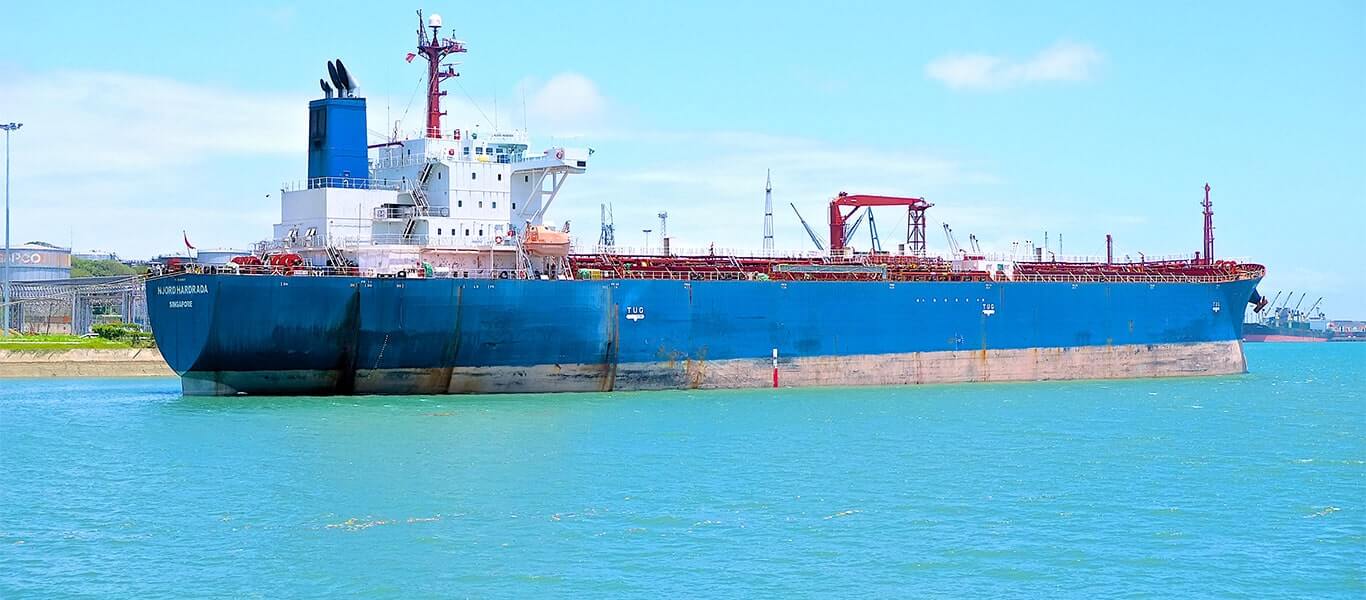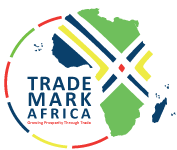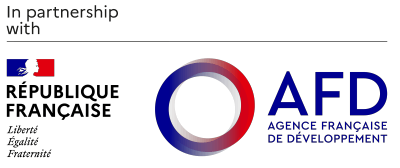Environmental degradation is bad for trade and business growth especially when it directly affects the health and productivity of workers and neighbouring communities. The Kenya Ports Authority (KPA) with technical and financial assistance from TradeMark Africa (TMA) has initiated an elaborate Green Port Policy that will transform the port of Mombasa into a premier port of ‘clean fuels’ in Africa.
Locals call it the ‘river of death’. In its thick foam, it gushes through the rocks and with a mournful murmur spills over a cliff into the sea turning the water below into a smelly gel.
Another hot stream with an offensive smell flows gently through the Port of Mombasa. Along its long winding journey, the small stream picks up domestic and industrial effluents before spewing its load of putrid waste into the vast ocean.
Similar ‘rivers of death’ spring from different parts of the City of Mombasa, pouring their deadly cargo into the Indian Ocean. Children, oblivious of the dangers posed and inured to the stench swim and play in the ocean waves breaking over the shore close to the point of discharge.
Abdi Hassan, a fisherman from Likoni knows all too well the impact these rivers have on his trade. He walks the beach picking up sticks, which he hurls into the sea as if to deflect his thoughts from the reality he faces: “Many times we find dead fish floating in the water. They are normally bloated and smelly having died from the poisons of the industrial waste and oils from the ships. You can even see the blackness that covers the plants around this area.”
He pauses, temporarily taking off his mind from the streams that are choking marine life and endangering the lives of the fishing community that depends on the ocean for their livelihoods.
The workers at the Mbaraki Wharf sweat and toil through the dust emanating from the clinkers and bulky containers. For hours, they push, pull and shove through ‘dirty cargo’ inhaling the fine dust that covers the entire neighbourhood sometimes making visibility a challenge. Unlike Abdi, these workers are unaware of the environmental damage the streams and the dust are wreaking.
The dust blows in from various products including coal, iron ore and fertilizers posing a major health risk to both the workers and port users. On windy days, it spreads out through the tourist city of Mombasa as hundreds of the trucks embark on the long voyage back into the heart of the East African Community (EAC).
This environmental degradation has been giving the Kenya Ports Authority (KPA) management sleepless nights. “We must bring a stop to this pollution. We must get rid of this stench,” says the KPA General Manager Corporate Services, J. O Nyarandi. He adds that since most of the effluent does not originate from KPA it is necessary to involve the community and other players to clean up the port.
The Green Port Policy sets to give a solution to tackle environmental degradation
In May 2015, the UK Department for International Development (DFID) and TradeMark Africa (TMA) signed a 23 million pounds (Ksh 3.5billion) grant agreement for the modernisation work at the port of Mombasa. The funds will be used to improve infrastructure while addressing efficiency, speeding up import and export trade and minimizing negative environmental impact on the port. The project will enhance quality of service and management in the daily operations of the port of Mombasa which impact directly on the lives of millions. They will help mitigate the fact that the port is currently a major contributor to environmental pollution. Some of its activities pose a threat to both the health of port workers and surrounding communities.
DFID Kenya Deputy Head of Department, Tony Gardner said during the signing of the agreement, “The expansion of the port modernisation work at the port of Mombasa will take into account environmental and social aspects and this will go a long way in complementing existing projects. It will expand the flow of benefits to stakeholders, including the population of Mombasa and the wider East African Community residents.”
TMA Director General David Stanton said, “This project aims at minimising environmental impacts whilst addressing energy efficiencies. This investment is among many projects that TMA is spearheading through the UK Government support at the Mombasa port to enhance trade environment in the region since East Africa has amongst the highest freight and transport costs in the wold. These costs seriously erode the marginal competitiveness of goods exported by East African countries, reducing trade, economic growth, job creation and poverty reduction.”
Nyarandi agrees that Mombasa produces a high concentration of Green House Gas emissions from ships that use heavier fuel and running generators while in port. Pollution also emanates from trucks and aging vehicles hauling cargo from the port.
The Green Port Policy will introduce practical and implementable strategies focusing on reduction of electricity and fuel consumption by vessels, trucks and port equipment. Once the policy is in full force, only new technologies and equipment that are either electric powered or that use “clean fuel” will operate at the port. The KPA management is already working on a programme that will mobilise the community, port workers, the County Government of Mombasa and other stakeholders in planting trees to enable the port comply with ISO 14001 certification.
Stephen Ogola, a Programme Officer with the Kenya Transporters Association (KTA) says the Green Policy is the best concept for the port: “Most of us stakeholders participated in its formulation. We must all play our various roles in keeping the port clean through the use of environmentally friendly methods,” says Ogola
Ogola says that since the essence of the Green Port Policy is to protect people from harmful impacts of port operations, KPA must invest in sustainable operations and port development with new technology. It must co-opt stakeholders and educate the community on the need to improve the environment.
Nandan Warrier, Owners Representative; Pacific International Lines Ltd and a member of the Kenya Ships Agents, argues that KPA should as a matter of priority, implement environmentally sound best practices in port administration and waste management. It should also improve recycling and minimise energy usage.
With the plenty of sunshine at the coastal city, KPA should tap the solar energy to industrial scale while harvesting rainwater and cleaning up the seawater for its use. Now, the water supply at the port is critically insufficient leading to occasional closure of most of the toilet facilities meant for both workers and visitors.
Each time the ships dock at the port, their engines remain running sometimes for days. The port in its Green Policy will explore cleaner energy for use by the ships to reduce air and marine pollution.
The Port of Long Beach, the second-busiest container port in the United States after the Port of Los Angeles, has inspired the KPA Green Port Policy. The Port of Long Beach acts as a major gateway for US–Asian trade. It occupies 3,200 acres (13 km2) of land with 40 km of waterfront in the city of Long Beach California. This seaport generates more than US Dollars 100 billion in trade and provides more than 316,000 jobs.
Alarmed by its own rapid expansion, and concerns of pollution, the Port of Long Beach instituted programmes to prevent and control oil spills, contain debris, and effectively manage vessel traffic. Its efforts won it the American Association of Port Authorities Environmental “E” Award making it the first harbour in the Western Hemisphere to receive such an award.
In 2007, Long Beach launched the first stage of its Clean Air Action Plan by approving a Clean Truck Programme that banned older diesel trucks from serving the port. It adopted its internationally recognised Green Port Policy in 2005 in an effort to reduce pollution in the growing region of Los Angeles/Long Beach. The policy sets a framework for enhancing wildlife habitat, improving air and water quality, cleaning soil and undersea sediments, and creating a sustainable port culture.
In Kenya, the new rail system expected to link the port of Mombasa to the interior industrial and economic markets will also help reduce long haul truck traffic and decrease carbon emissions caused by road transport.
With time, the Green Port Policy is expected to eradicate the rivers of death, clear the air of dust and create a clean, healthy environment for Abdi the fisherman, the port workers and the entire port community.















